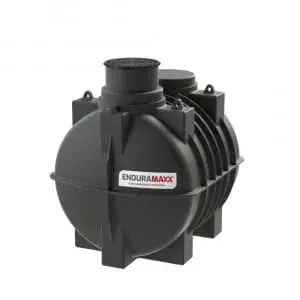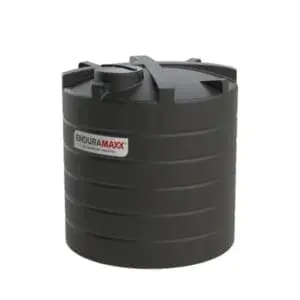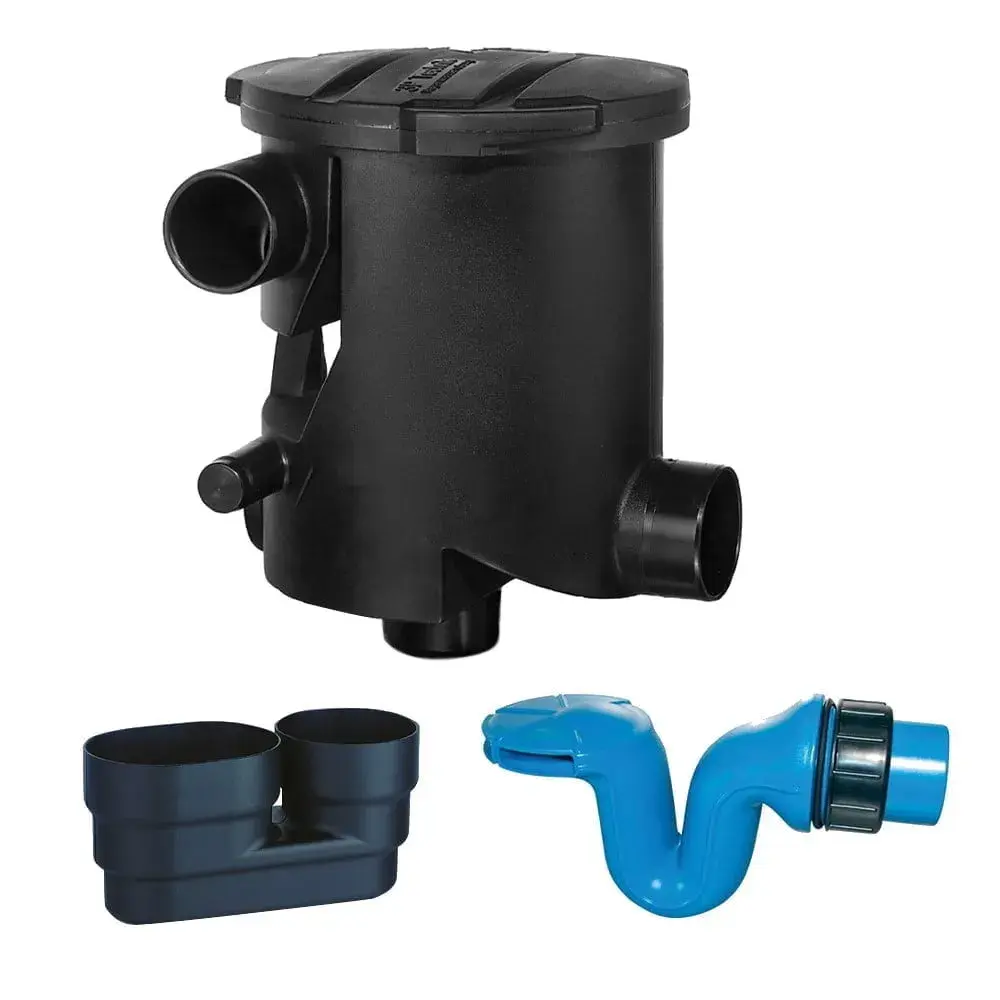Water is a valuable commodity and reusing the water makes good economic and ecological sense. When you have a recirculating aquaculture system (RAS) to culture your fish you can control their environment to obtain healthy, disease-free fish and a good yield. If you want to culture tropical species such as Tilapia then you need a RAS to maintain a warm climate for optimal growth.
With a RAS you can control such features as temperature, acidity, waste disposal, oxygenation and water quality. Add to this an easy to clean and efficient system, this makes a recirculating aquaculture system the ideal way to culture many species of fish in areas where land or water may be scarce and valuable.
What is a recirculating aquaculture system?
A recirculating aquaculture system (RAS) is a recycling system for water management, used in the culture of fish or shellfish. The water from the culture is purified and then reused continuously. The system is nearly a closed circuit, although evaporated water needs replacing and non-degradable products have to be removed.
Where possible the ammonia, CO2 and solid waste that has built up are converted into products that are non-toxic. The purified water is saturated with oxygen before being returned to the fish tanks. The aim is to reduce both the water and energy levels as far as possible while maintaining a healthy environment for the fish.
What advantages does a recirculating aquaculture system have?
A recirculating aquaculture system has many advantages. It makes good use of the available water and energy supplies. It gives you complete control of the environment for the fish, making it possible to control disease and feed the fishes in an optimal manner. It is a good use of the land available – and when you want to grade or harvest your fish the task is easy.
As the cost of water is rising, recycling it makes good economic sense as well.
What you need for successful recirculating aquaculture
You will need technically competent staff to manage the system. You also need a reliable water source and a continuous and reliable electricity supply to run the system. You might want to invest in a generator to back up electricity in case of power cuts. It makes sense to feed the fish with high protein low-fat diets, that they can digest well, and will leave less debris to clear out.
If you intend to farm tropical fish in a cool climate then RAS technology is essential.
What will you need for your recirculating aquaculture system?
You will need various components for purifying the water. Your aquaculture system will need mechanical and/or biological filters for your system – debris, ammonia and nitrites produced by the fish can thus be removed satisfactorily.
You will need these features:
- A fish tank
- A filter – mechanical or biological or both
- Pump tank and pump
- UV-C light
- Oxygenation and aeration
- Feeders
- Monitors
How the system works
The fish are fed in their tank. The water passes through filters. Mechanical filters get rid of debris and biological filters reduce ammonia and nitrite levels by converting them to nitrogen or nitrates, which are less toxic to the fish. The pump tank then pumps the purified water back into the fish tank once it has been aerated and oxygen added.
The filters
Filters may be mechanical or biological. Here is a selection of the different types of filter available:
Mechanical filters
Mechanical filters remove any solids in the water – these will be mainly faecal matter. There are drum filters and sedimentation filters to choose from.
Sedimentation filter
Water from the fish tank is passed through a sedimentation tank. Gravity separates out the solid heavier particles which form a layer of silt on the bottom of the tank. This needs regular cleaning out.
Drum filter
This filter system works continuously, subject to the electricity supply. The water flows past a blocking filter that removes any solid debris. As the drum rotates, water is flung out as spray, flushing the waste matter from the filter. A gutter takes this water away.
Biological filters
When fish digest their food they produce ammonia (NH4) that needs to be removed since it is toxic to the fish. But some bacteria metabolise NH4 for energy and convert NH4 to a nitrite – NO2. Other bacteria convert nitrite into nitrate, NO3 and fish can tolerate nitrates. The water is passed through a part of the aquaculture system where the bacteria thrive and this reduces the levels of ammonia.
This may be in the form of a bio-tower or a moving bed filter.
UV-C Light
UV light is electromagnetic radiation that is just below the visible range for humans. It kills or inhibits germs and gives the operator some control over the growth of bacteria.
Additional features of a recirculating aquaculture system
Ways to aerate and oxygenate can be added to the system. Feeding and monitoring devices added, according to the species of fish and their optimum needs. You can obtain excellent control of the environment for the fish in a recirculating system.
Enduramaxx Plastic Tanks for RAS Aquaculture Systems
Enduramaxx aquaculture fish tanks can be customised to your specific needs. These are some of the properties of our tanks:
- Large range of size and shape
- Open top or closed
- Durable and shock-proof
- Chemical resistant
- UV stabilised
- Thermal properties
- Biocontrol
- Smooth inners surface
- Designed to be easy to clean
You can see our full range of aquaculture fish tanks here.
Enduramaxx work with a number of aquaculture consultants. They can provide bespoke pipework and connections according to your specific needs. This cooperation enables us to offer a minimum installation time for heating/filtration and connection to other tanks. So, we can provide all the necessary pipework and connections you will need for heating and filtration. Our experienced in-house engineers and technicians can answer questions you might have, so why not give us a ring on 01778 562810 to discuss your specific requirements.
Posts By Topics
- Blog (303)
- Chemical Storage Tanks (118)
- Chemical Dosing Tanks (114)
- Chemical Tanks (114)
- Water Tanks (58)
- Rainwater Harvesting Tanks (43)
- Vertical Rainwater Tanks (31)
- Vertical Storage Tanks (31)
- Cone Bottom Tanks (19)
- Conical Cone Tanks (18)
- Rainwater Harvesting (17)
- Water Bowsers (15)
- Horizontal Tanks (14)
- Potable Water Tanks (13)
- Farming (9)
- Case Studies (8)
- Industrial Storage Tanks (7)
- Liquid Fertilser Storage Tanks (6)
- WRAS Approved Potable Tanks (6)
- Wine and Beer Production (6)
- Horizontal Transport Tanks (5)
- Microbrewery (5)
- Rainwater (5)
- Category 5 Break Tanks (4)
- Cider Production (4)
- Mixer Tanks (4)
- Molasses Tanks (4)
- Polyethylene tanks (4)
- Rainwater Filter Kits (4)
- SPECIALIST & BESPOKE TANKS (4)
- Bunded Tanks (3)
- Slimline Tanks (3)
- WRAS Approved (3)
- Clarification Tanks (2)
- Crosslinked Polymer Tanks (XLPE) (2)
- Fertiliser Tanks (2)
- Sump Tanks (2)
- Tank Installation (2)
- Water Butt (2)
- underground water tanks (2)
- ACCESSORIES & FITTINGS (1)
- ATV & UTV SPRAYING UNITS (1)
- Above Ground Effluent Tanks (1)
- Bespoke Tank Frames (1)
- Category 5 Turret (1)
- Caustic Soda Tanks (1)
- Closed Top Bunded Tanks (1)
- Craft beer (1)
- Effluent Tanks (1)
- Enduramaxx (1)
- Ferric Chloride Tanks (1)
- Fire Safety Regulations (1)
- Fire Sprinkler Water Storage Tanks (1)
- Industrial Water Tank (1)
- Open Top Bunded Tanks (1)
- Open Top Cone Tanks (1)
- Open Top Vertical Tanks (1)
- Polyethylene Potable Water Tanks (1)
- Polyvinylidene Fluoride (PVDF) Tanks (1)
- Polyvinylidene Fluoride Tanks (PVDF) (1)
- Pressure Washers (1)
- Pro Series Spot Sprayers (1)
- RWH (1)
- Sodium Hydroxide Storage Tanks (1)
- Sprayer Fill-up Tanks (1)
- Uncategorised (1)
- liquid fertiliser tank (1)
Sign up to the newsletter
enduramaxx.marketing
Related Posts
Plastic Water Tanks For Fish: Why Buy Plastic Tanks
Enduramaxx plastic water tanks for fish are available up to 25,000 litres as circular water tanks....
Large Plastic Tanks for Fish, Conical and Flat Base Tanks
As the world population grows and as the cost of fish farming in natural habitats is increasing, so...
Custom Plastic Tanks Fabricated Plastic Tanks, Mixer Tanks
Plastic tanks can be modified and customized to suit your specific requirements! Standard tanks can...
Related Products
From £1,080.00 inc. VAT
£900.00 exc. VAT
From £1,344.00 inc. VAT
£1,120.00 exc. VAT
From £768.00 inc. VAT
£640.00 exc. VAT
£480.00 inc. VAT
£400.00 exc. VAT





